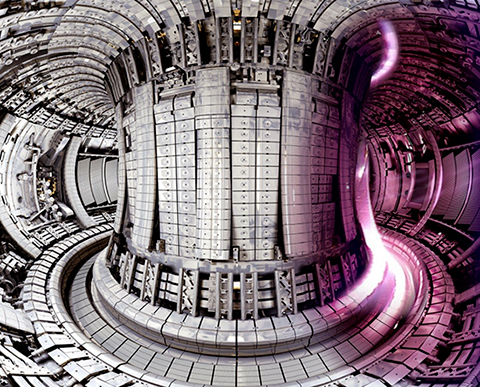
The interaction of an electromagnetic field with matter can induce temporary or permanent changes in the properties of matter. These changes depend both on the properties of the electromagnetic field (amplitude and wavelength) but also on the material itself. Other physical parameters, such as temperature or pressure, may change the interaction between light and matter. These parameters are therefore responsible for a change in the optical properties of the material. The study of optical properties and their temperature dependence is essential for a wide range of fields of research and applications, such as photonics and plasmonics, optoelectronics, nano-medicine and pyrometry and Infrared Thermography (IR).
In particular, a patchy knowledge of the optical properties of metals may lead to an underestimation of their absorption of light and therefore to errors in measuring temperature. That is potentially critical for the metal composites of some experimental machines, for example, nuclear fusion reactors (such as JET or ITER), or aerospace rovers. The proper functioning of these machines consists of a detailed study of the optical properties of metals.
An experimental setup is operational at the Fresnel Institute for the study of the temperature dependence of the optical properties in the 450-1050 nm range of metals, such as molybdenum and tungsten, and thin films in an ultrahigh vacuum environment. The temperature can be varied in the 80-2000 K range.

et 925 K pour W, 300 et 780 K pour Mo) pour lumière non polarisé. Figure adaptée de Minissale, Bisson, et Gallais SPIE-Laser Damage 2016
Contact : L. Gallais (laurent.gallais@fresnel.fr), M. Minissale (marco.minissale@fresnel.fr)
Publications :
Minissale M., Bisson R., and Gallais L., Laser remote heating in vacuum environment to study
temperature dependence of optical properties for bulk materials, Proc. SPIE 10014, Laser-Induced Damage in Optical Materials 2016, 1001401 doi: 10.1117/12.2268110
Minissale M., Bisson R., Pardanaud C. and Gallais L., The temperature dependence of optical properties of tungsten in visible and near-infrared domain: an experimental and theoretical study, to be submitted


 ResearchGate
ResearchGate Flux RSS
Flux RSS